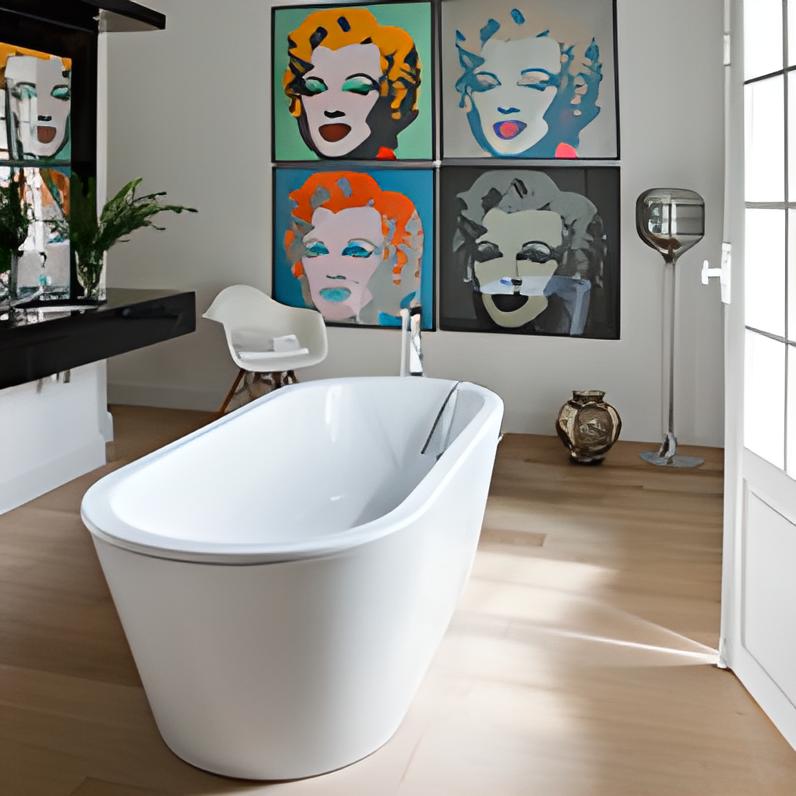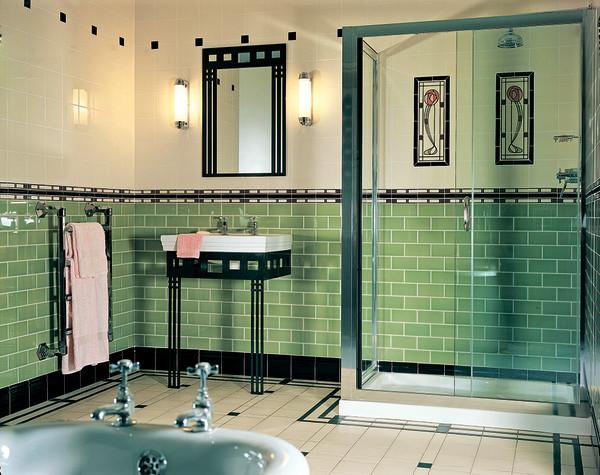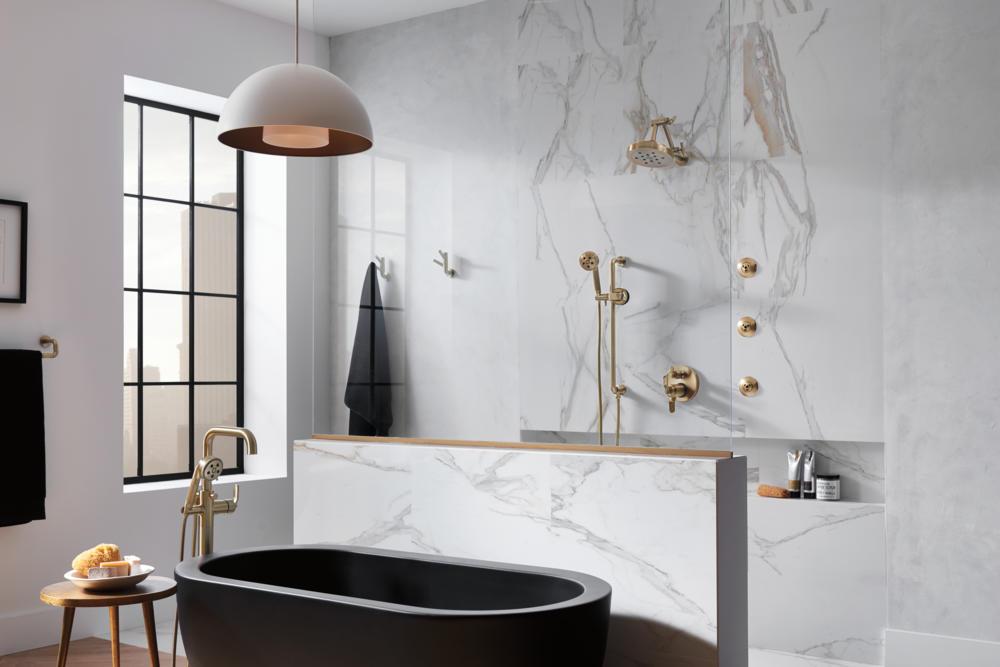
How Pop Art Impacted Interior Design
What was the impact of pop art on interior design? When pop art emerged in the mid-1950s, it was a shock to the fine art world. It challenged the high ideals of that world by drawing on popular culture as a primary influence. The work of pop artists like Andy Warhol, Jasper Johns, Eduardo Palazzo and Roy Lichtenstein would feature common everyday objects and imagery from advertising, comic books and other trivial ephemera. That work emphasised irony over sincerity, mechanical reproduction (e.g., photography and silkscreen printing) over master techniques, and a re-imagining of context that would flip the art world on its head by presenting the mundane as the sublime (thus relegating the previously sublime to the mundane). By the mid-1960s, however, the influence of pop art was everywhere, including the interior designs of contemporary homes.
Contents
Kitsch interior design
Bubble-gum culture and fast fashion
Was pop art the end of art?
Kitsch interior design

1950s Kitsch Bathroom Design (Old House Online)
Kitschy interior décor precedes pop art by at least half a century, but it wasn’t until pop art came along that the concept of kitsch (a borrowed word from German, describing cheap, popular paintings, ornaments and so on) was elevated to the realm of high art.
Whereas once, everyday common objects in the home may have been considered exemplary of low taste, pop art’s undermining of the hierarchy of culture meant that banal, mass-produced furniture and ornamentation would now have greater status in high society than the idealistic work of master craftsmen, cabinet makers and artisans.
Mass-produced acrylic and other plastics would come to replace hand-sculpted woods and metals as the height of taste and style. Thanks in large part to Andy Warhol’s most famous pieces, Campbell’s Soup Cans (1962), poster art would replace original paintings as the wall décor of choice. And the bright primary colours of comic books would find their way onto furniture, clashing in wild abandon of the colour wheel.
Bubble-gum culture and fast fashion

Modern Bauhaus Designed Bathroom (design\milk)
Whilst pop art interiors owe a lot to the Bauhaus movement’s geometric shapes and bold colour schemes, pop art subverted the high ideals of Bauhaus by reducing them to the realms of sarcasm and pure aesthetics. Owning something because it could be considered throwaway, as a result of its connection to mass consumer culture, was a way of flipping the finger to high taste—which, ironically, also denoted the height of contemporary taste.
This sent shockwaves through a very mundane aspect of interior design—how to price its products. If formerly lowly styles of cultural production were now considered high-value items and formerly high-end design was now considered no more culturally valuable than, say, a sofa that simply looked like a pair of lips, how would it be possible to distinguish between high and low quality? If high and low taste no longer meant anything, couldn’t you, thus, just sell pop art interior design aesthetics on the cheap?
Naturally, consumer culture leapt at this opportunity to be a part of the pop art boom, with manufacturers like IKEA churning out their own versions of pop styling (one look at the cover of their 1967 catalogue and it’s plain to see the influence of the colours, materials and styling of pop art) and retailers filling their shelves with unknown brands of cheap, kitsch, plastic ashtrays, phones, and whatever other interior ephemera fit in with the new style.
The long-term repercussion of this alliance between mass manufacturing and fashion was that lifestyle as a concept was no longer something only available to high society. Thanks to the flattening impact of pop art, anyone could be a hipster. From an aesthetic point of view, this changed the way the entire world around us looked and continues to look—pop art is still a presence in our everyday consumer lives: neon, plastic signage, recognisable icons removed from any context, etc. This, however, arguably, ultimately led to today’s throwaway consumer culture where anything can be, in the words of Andy Warhol, “famous for fifteen minutes,” before being discarded without a care because it didn’t cost a lot in the first place.
So how did high-end design continue to retain its cultural and financial value?
Was pop art the end of art?
What value really came down to—and still comes down to, today—was the designers themselves—the lauded names behind the inventions of pop.
The above-mentioned Lips or Bocca chair, designed by Studio65 in 1970, for instance, was crafted in response to a specific brief from the owner of a chain of Milan beauty salons. Whilst purely iconographic in its design (i.e., there’s no deeper meaning—it’s just a pair of lips) and with all the potential to be lost to the realms of kitsch ephemera, it was nevertheless picked up by the global press upon for its pop sensibilities and, thus, gained value as a result of its status.c
The same may be said of George Nelson’s bizarrely playful Marshmallow sofa (1956) or, more controversially, of British pop artist Allen Jones’ Hatstand, Table and Chair series of erotic furniture, which provided the influence for the heavily pop-influenced interior designs of Stanley Kubrick’s A Clockwork Orange. Pop art retains its artistic-in-the-old-sense value—both culturally and financially—because it is the work of artists.
So, no. Pop art did not herald the end of art itself. It simply tore up the rulebook and forced us to look at what we might have once considered crass, ugly or meaningless in new ways that allowed us to see the joy, beauty and depth of experience in it. Long live pop.
Main image from DecorATW.com